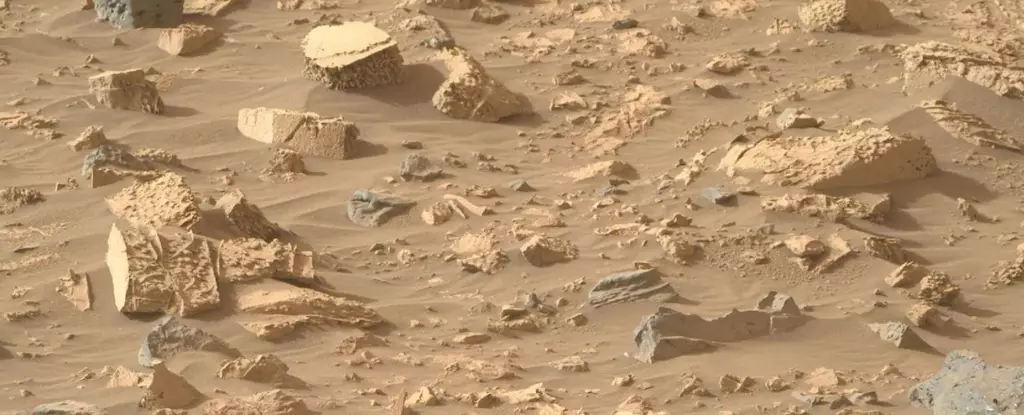NASA’s Perseverance Rover has recently arrived at its next destination on Mars, called Bright Angel. In this region, the rover has discovered an unusual type of rock that scientists are referring to as ‘popcorn rock.’ This finding provides further evidence that water once existed in Jezero Crater, the primary area of exploration for Perseverance. The mission of the rover is focused on uncovering evidence of ancient life on Mars, including fossilized remains and environments that could have sustained life in the past.
Perseverance has been traveling through Jezero Crater, an ancient paleolake that contains a delta of sediments and various geological features of interest. The rover’s path led it to Bright Angel, a scientifically significant area that represents part of the river channel that flowed into Jezero Crater. Bright Angel features light-toned rocky outcrops that are believed to be either ancient sediments from the channel or older rock layers exposed by the river’s erosion. As the rover made its way to Bright Angel, images captured along the journey highlighted the presence of light-toned rocks in the distance.
Despite the excitement of reaching Bright Angel, the journey was not without its challenges. Perseverance encountered a field of large boulders that significantly slowed down its progress. The rover’s route planning team had to make adjustments to navigate through the rough terrain efficiently. AutoNav, the rover’s autopilot mode, faced difficulties in the boulder field, often coming to a halt to ensure safety. The team had to reroute the rover through a dune field and across the river channel to reduce the travel time to Bright Angel.
Upon reaching Bright Angel, Perseverance’s cameras captured mesmerizing geological formations. The rocks in this region are packed with spherical structures, earning them the nickname ‘popcorn rocks.’ Additionally, these rocks display ridges resembling mineral veins, indicating past water flow and mineral deposition. Mineral veins are typically formed when water transports minerals through rock layers, a common occurrence on Earth and Mars. The discovery of ‘popcorn rocks’ suggests a history of water flow in this area, opening up possibilities for further investigation into the minerals present in these unique formations.
In the coming days, Perseverance will continue its exploration of Bright Angel, conducting detailed measurements and analyses of the ‘popcorn rocks.’ The rover will utilize its instrumentation, including the abrasion tool and the SuperCam suite, to gather data on the rocks’ chemistry. By vaporizing samples and examining the composition, scientists hope to gain insights into the mineral content of the rocks. Based on these findings, a decision may be made to collect a sample for potential return to Earth in the future. As Perseverance concludes its investigations at Bright Angel, it will resume its journey southward towards its next destination, Serpentine Rapids.


Leave a Reply